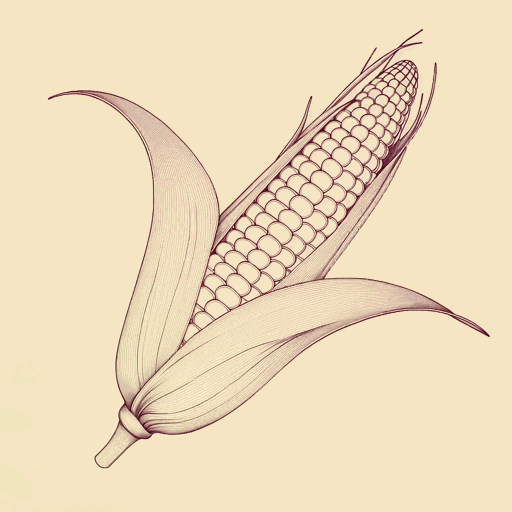95 pages • 3 hours read
Roxanne Dunbar-Ortiz, Jean Mendoza, Debbie ReeseAn Indigenous Peoples' History of the United States for Young People
Nonfiction | Book | YA | Published in 2019A modern alternative to SparkNotes and CliffsNotes, SuperSummary offers high-quality Study Guides with detailed chapter summaries and analysis of major themes, characters, and more. For select classroom titles, we also provide Teaching Guides with discussion and quiz questions to prompt student engagement.
Themes
Indigenous Resilience Against Invasion and Genocide
Students usually learn about the first encounters between Indigenous nations and European settlers as tense but positive, like the first Thanksgiving or the animated movie Pocahontas. Unfortunately, these stories are idealized: The English, Spanish, and other European powers largely saw the Western Hemisphere as a treasure trove of land and resources. Anyone living there was to be eliminated, enslaved, or, at best, converted to Christianity. However, the Indigenous peoples resisted these efforts and still fight today for their human rights and sovereignty.
While the first settlers couldn’t survive without the help of Indigenous peoples, relations between the two were rarely friendly. Negotiations resemble extortion to the point that colonial separatists, knowing the Cherokee would never ally with them, only offered “complete destruction” if they didn’t remain neutral (77). Indigenous peoples dealt with soldiers, armed civilians, and diseases, in addition to irregular warfare against civilian targets: destruction of towns and hunting grounds, trade route disruptions, and a scalping industry that paid more for murdering them than many jobs of the era.
The founding of the United States of America brought renewed efforts to remove Indigenous peoples from their homelands. While they could not form the unified wall across the continent that Tecumseh envisioned, Indigenous alliances gave cooperating nations a shared purpose.








Related Titles
By these authors
Featured Collections
American Revolution
View Collection
Books on U.S. History
View Collection
Colonial America
View Collection
Colonialism & Postcolonialism
View Collection
Colonialism Unit
View Collection
Contemporary Books on Social Justice
View Collection
Equality
View Collection
Memorial Day Reads
View Collection
Military Reads
View Collection
YA Nonfiction
View Collection

